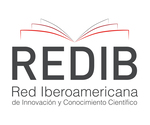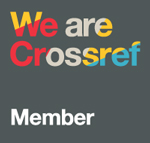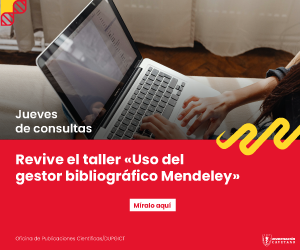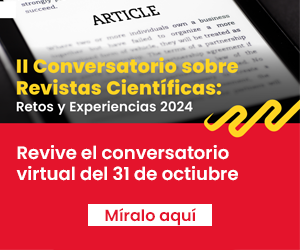Effect of different conditions and modes of application on bond strength of adhesives to dentine
DOI:
https://doi.org/10.20453/reh.v33i1.4430Palabras clave:
Dentina, Recubrimientos Dentinarios, Resistencia a la Tracción, Ultrasonido (DeCS)Resumen
Objetivo: Evaluar la resistencia de la unión microtensil en diferentes condiciones de dentina (grabado-E, sin grabado-N, seco-D y húmedo-W) de un adhesivo multimodo (Scotchbond Universal-SU, 3M/ESPE) y un adhesivo de grabado total (Ambar-AB, FGM) utilizando un dispositivo sónico (Smart Sonic Device-SD, FGM). Material y Métodos: En este estudio in vitro, noventa y seis molares humanos extraídos sanos se dividieron en 12 grupos (n=8) de acuerdo con diferentes condiciones de dentina y sistemas adhesivos. Se eliminó el esmalte y se pulieron las superficies centrales de la dentina. Cada sistema adhesivo se aplicó de acuerdo con las diferentes condiciones de dentina, y los bloques de resina compuesta se acumularon de forma incremental y se almacenaron durante 24h. Las muestras se seccionaron en barras y los datos de resistencia de la unión se analizaron con la prueba de Kruskal-Wallis y la prueba de U de Mann-Whitney. Resultado: No se observaron efectos de la aplicación sónica. En general, AB mostró resultados más bajos en comparación con el SU. Las condiciones E y N no afectaron estadísticamente la fuerza de unión de los grupos SU. La dentina seca presentó valores de fuerza de adhesión estadísticamente superiores en comparación con la dentina húmeda para el grupo SU/E/SD. Conclusión: La adhesión de la dentina seca con un sistema adhesivo multimodo puede ser superior a la dentina húmeda con aplicación sónica. Los modos de aplicación no tuvieron influencia en la resistencia de la unión de los adhesivos estudiados.
Descargas
Publicado
Cómo citar
Número
Sección
Licencia
Los autores conservan los derechos de autor y ceden a la revista el derecho de primera publicación, con el trabajo registrado con la Licencia de Creative Commons, que permite a terceros utilizar lo publicado siempre que mencionen la autoría del trabajo, y a la primera publicación en esta revista.






















